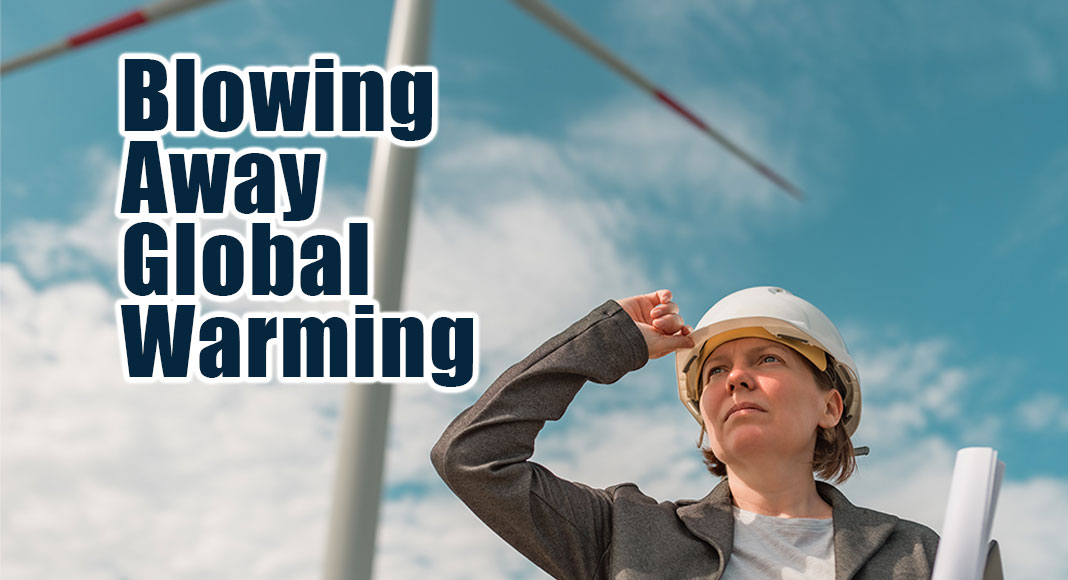
Texas Border Business
By Cornell University
Newswise — ITHACA, N.Y. – Implementing advance wind energy scenarios could achieve a reduction in global warming atmospheric average temperatures of 0.3 to 0.8 degrees Celsius by the end of the century, according to new research from Cornell University.
“Early action will reap dividends,” said Rebecca Barthelmie, professor in the Sibley School of Mechanical and Aerospace Engineering. “In terms of averting the worst of climate change, our work confirms that accelerating wind-energy technology deployment is a logical and a cost-effective part of the required strategy. Waiting longer will mean more drastic action will be needed.”
Barthelmie and Sara C. Pryor, professor in the Department of Earth and Atmospheric Sciences, authored the research. It published in the journal Climate.
To avert environmental disaster, other greenhouse gas reduction strategies will also need to be implemented, they said.
In early August, the Intergovernmental Panel on Climate Change (IPCC) Working Group I Sixth Assessment Report said that climate change is rapid and intensifying, and that Earth’s atmosphere could add 1.5 degrees C of average warming by 2040. To avoid further warming, the IPCC report said there must be transformational change.
“Our work shows that it is feasible for the United States to accelerate its deployment of wind energy,” Barthelmie said, “to substantially reduce carbon dioxide emissions and that will make a real difference to the kind of warming that the world endures.”
Global wind resources exceed current electricity demand, Pryor said, and the cost of energy from wind turbines has declined sharply. “It makes perfect sense to rapidly deploy wind energy as a key part of decarbonizing the electricity supply,” she said.
The global wind energy industry has been growing. Since 2005, the total installed capacity of global wind energy shows a 14% annualized growth rate for Asia, Europe and North America. Global wind energy electricity production expanded from 104 terawatt-hours (one trillion watts for one hour) in 2005 to 1,273 terawatt-hours in 2018, the paper said.
In 2019, wind energy generated approximately 6.5% of 26,600 terawatt-hours of global electricity demand. Six countries are generating more than 20% of their demand, while the United Kingdom, Germany and Spain are close to achieving 20% of electricity demand with wind energy. China has reported about 5% of its electricity supply from wind energy.
The United States generates 8.4% of its electricity from wind, as of 2020, with six states (Texas, Iowa, Oklahoma, California, Kansas, and Illinois) containing more than half of wind energy capacity, according to the U.S. Energy Information Administration.
Wind turbines are now deployed in 90 countries, Barthelmie said, generating about 7% of global electricity, and the expansion of installed capacity of wind energy continues.
Sectors like solar and wind have become less expensive than fossil fuels. “So there really aren’t any arguments anymore for not making this kind of change,” Barthelmie said. “Both technically and economically, advanced deployment scenarios are feasible. It needs more political will.”













